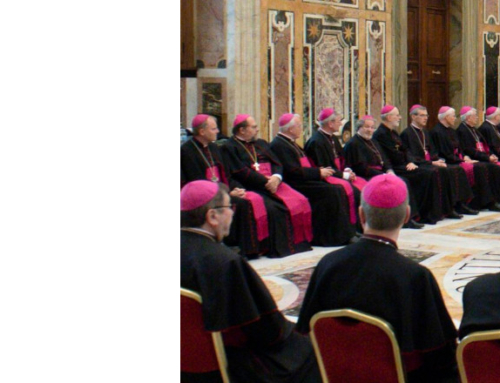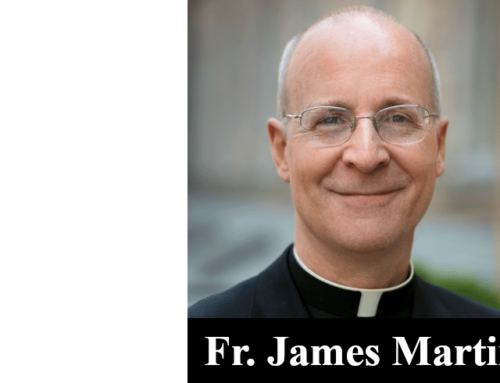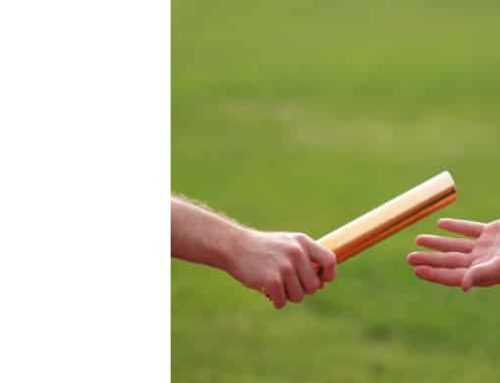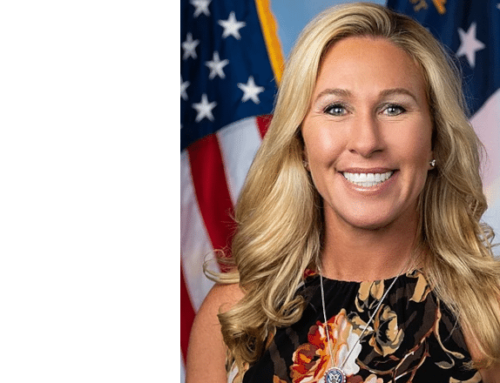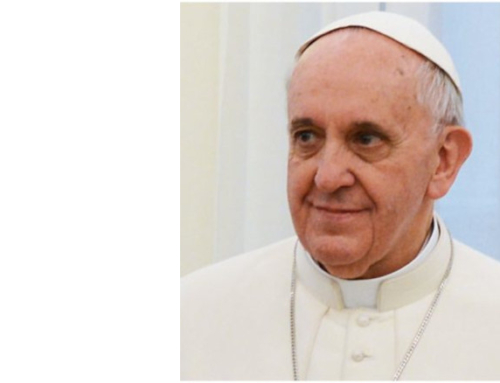On June 14, the United States Conference of Catholic Bishops (USCCB) issued a report on boarding schools for Native American children, some of which were run by the Catholic Church. From 1869 to the 1960s, the government removed thousands of these children from tribal lands and placed them in boarding schools. The express purpose was to assimilate them into American society.
There were more than 500 of these schools, more than 80 of which (16 percent) were Catholic-run. According to an investigation by the Washington Post (WaPo) at least 122 priests, sisters and brothers who were assigned to these schools were later accused of sexually abusing these children.
[Note: This is an abbreviated version of a longer piece on this subject and does not address the bishops’ report; to read it click here.]
The timeline of the investigation under review extends back to 1869, so the kind of record keeping that lends itself to conclusive results is simply impossible. The WaPo report, which claims “pervasive” abuse in Catholic-run boarding schools, readily confesses that “lists of accused priests are inconsistent and incomplete, and many survivors have not come forward. Others are aging and in poor health, or, like their abusers, have died.”
Instead of admitting that this is a clear shortcoming, the journalists conclude this means that “the extent of the abuse was probably far worse.” Really? Let’s face it—they could have come to a very different conclusion. Precisely because the record-keeping was found wanting, it is hard to know the truth. It is even possible that good data would reveal how small this problem was. But such considerations would have gotten in the way of their narrative.
WaPo cites Rev. Mike Carson, who worked on this issue for the bishops, and he “also noted a likely dearth of records.” Similarly, Interior Secretary Deb Haaland acknowledges that given the situation, “I doubt that you could find a lot of Catholic records or federal government records about abuse and neglect toward the students.”
There are other problems that should have given the journalists pause. In several parts of the report, they admit that the alleged victims whom they spoke to “kept secret” what happened. That being the case, how can Church officials be blamed? Indeed, after detailing one case of alleged abuse, they write that “It is unclear whether church officials were aware of the abuse at St. Mary’s at the time.”
WaPo journalists offer no comment on something that should have concerned them. Why is it that when the federal government commissioned a study of this issue in 1928, this report “chastised the schools for the mistreatment and malnourishment of students,” but never said a word about physical or sexual abuse? Was it a cover up? Or was there nothing to report? It seems plausible that a probe that took notice of “mistreatment” would have cited serious cases of abuse.
The credibility of the WaPo authors is seriously undermined by their decision to cite the Catholic Church’s legacy of abuse in Canadian boarding schools for indigenous peoples. That story has positively been proven to be a hoax. It does not help their cause to say that Pope Francis apologized for what happened—he did so before the story was proven false.
There is also the matter of the scope of the WaPo investigation. Why didn’t they investigate the boarding schools run by the government? After all, they operated most of them. Are they content to rely on the Department of Interior study? Similarly, they mention that several Protestant denominations also operated these schools. Why were none of them probed?
As I point out in my book, The Truth about Clergy Sexual Abuse, wherever adults regularly interact with minors, unfortunately we find abuse. So why is it that time and again, the public schools get a pass, Hollywood gets a pass, etc.? Why is it always the Catholic Church that is the source of investigation? Isn’t this religious profiling? And wouldn’t that suggest that bigotry is at work?
It is important that the truth be told. The WaPo report contains some disturbing information, and undoubtedly instances of abuse occurred. But when the data are incomplete, it’s time to tap the brakes and not come to condemnatory conclusions.
The issue of abuse must also be put in context. If corporal punishment was commonplace at the time, why should we be horrified to learn that it existed in Catholic institutions? It must also be asked how common was abuse within the Native American community? Not to ask questions like these reveals a bias, thus further undercutting the credibility of those pointing fingers.
I am sending a letter, and this commentary, to the Senate Indian Affairs Committee. They are interested in having a federal commission do a more thorough investigation of the assimilative polices of Indian boarding schools. It’s time they raised issues that seem to have escaped the WaPo journalists, as well as many others.
Contact WaPo’s Investigions Editor: peter.wallsten@washpost.com



